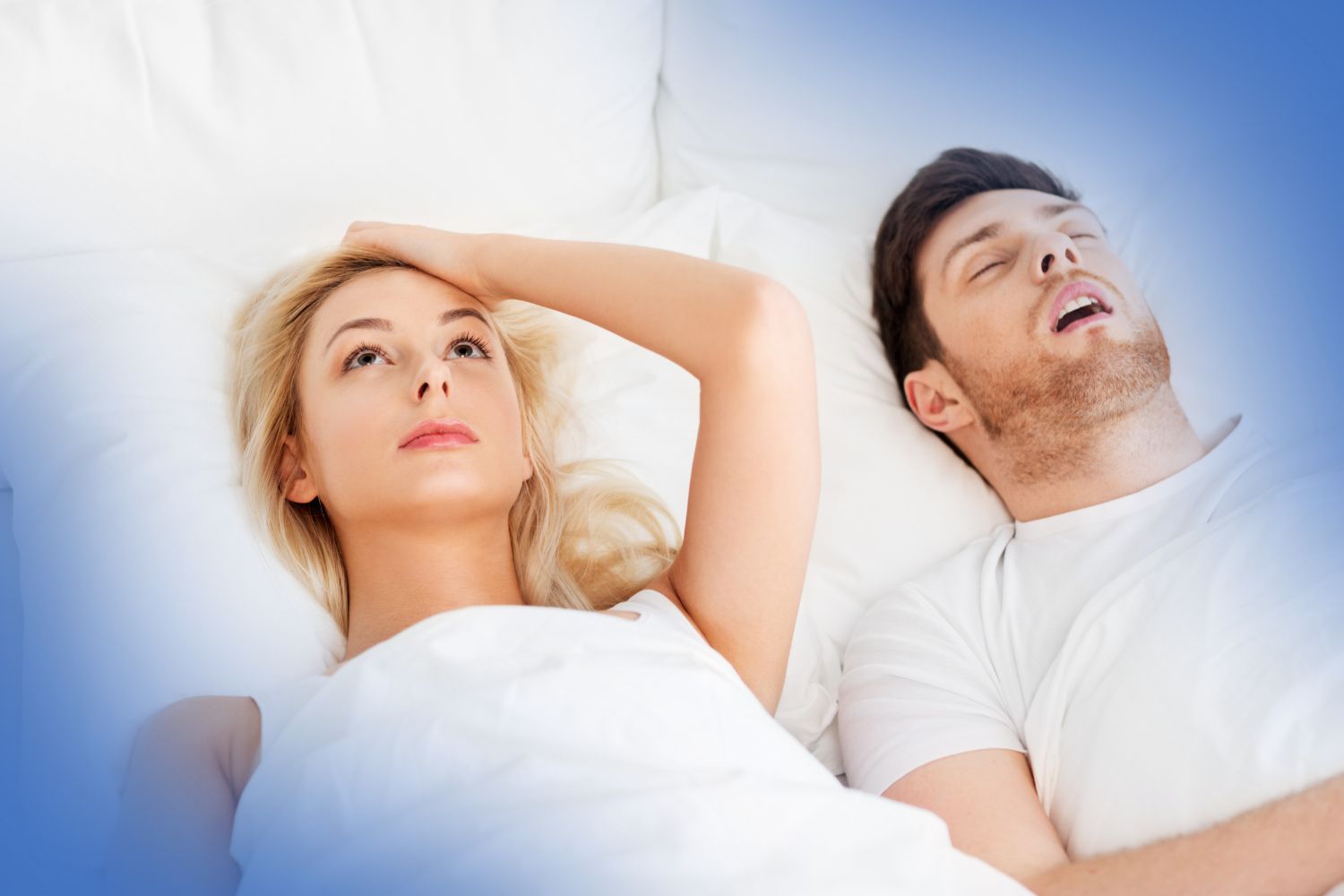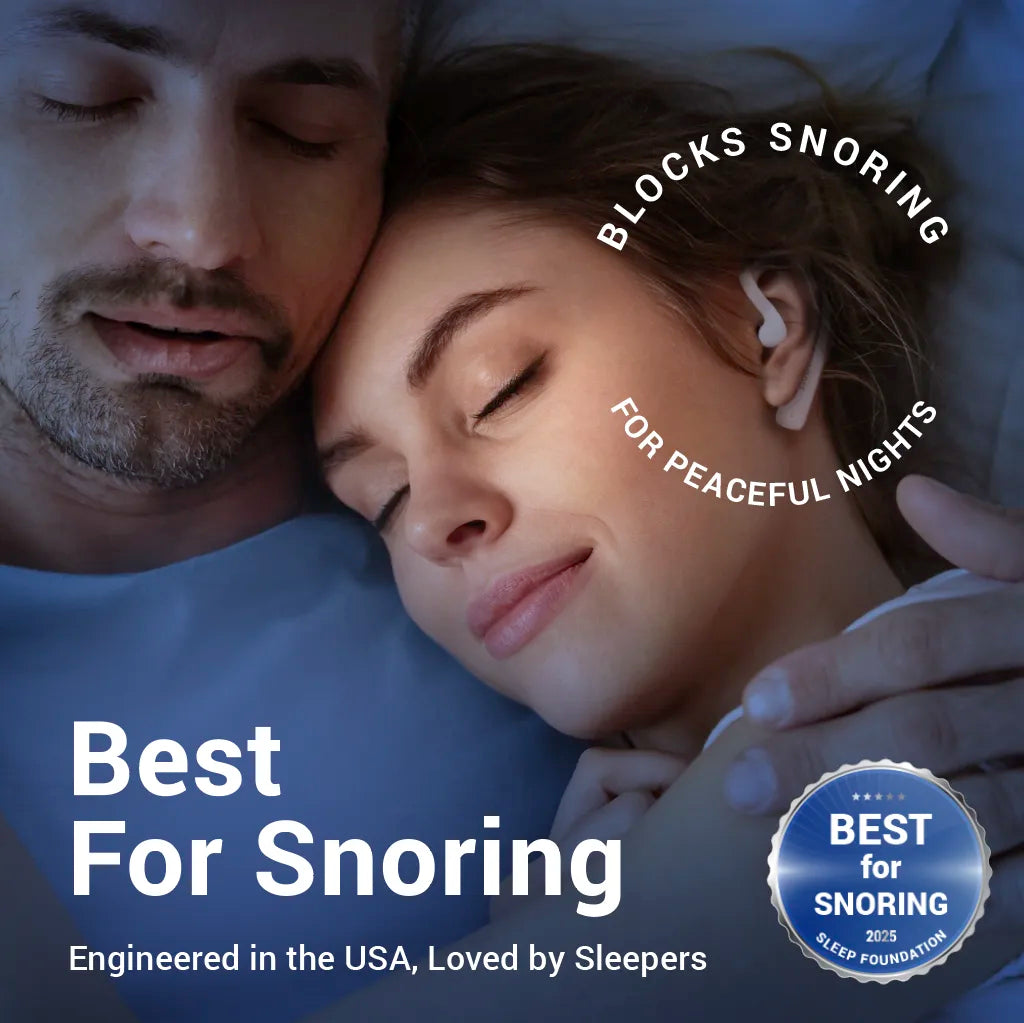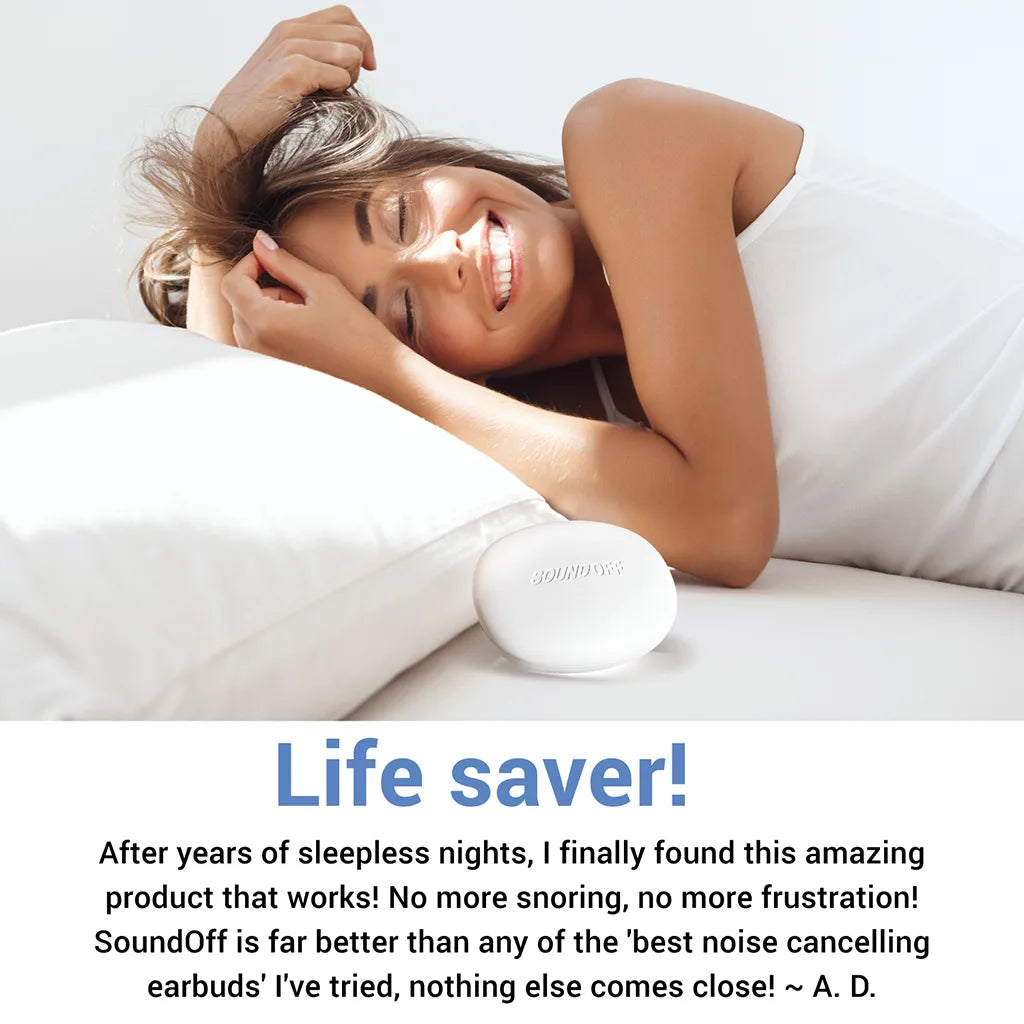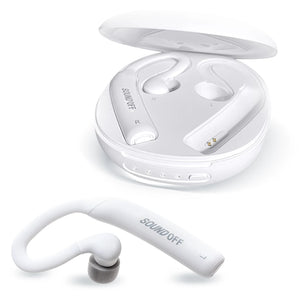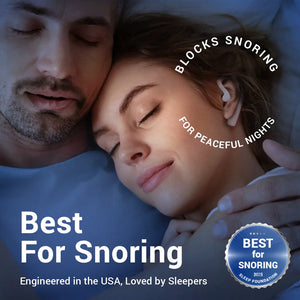
Introduction:
Snoring is at best a nuisance and at worst a serious health issue. It has been studied by sleep scientists, health officials and researchers for years. There have been many conclusions drawn and many suggestions for reducing or eliminating snoring. These suggestions range from external devices to medications to more invasive solutions like surgery.
While surgery is a more aggressive anti-snore treatment, it may be the only way to solve serious sleep issues that threaten long-term health for those affected.
Anti-snore treatments include continuous positive air pressure (CPAP) or such surgeries as somnoplasty, tonsillectomy, tongue and palate surgery, pillar implants, and upper airway stimulation.
5 Anti-snore Treatments
CPAP
CPAP stands for continuous positive airway pressure, a treatment that involves placing a mask over the nose and/or mouth with a hose connected to a machine that delivers air pressure through the nostrils and throat to keep airways open.
CPAP is often recommended as the primary solution for people suffering from sleep apnea, and usually follows a professionally monitored sleep study event.
There are many different CPAP masks and styles to fit individual preferences and sleeping habits. And there are different machine options like BiPAP, which offers two levels of air pressure, and VPAP, which offers variable pressures.
BiPAP provides a higher air pressure when inhaling and a lower pressure when exhaling. VPAP (or similar APAP) changes pressures throughout the night based on breathing patterns.
Variable pressure is better for people who need higher pressures to breathe or who are low in oxygen. This is also recommended for people with lung disorders.
Some people find it difficult adjusting to CPAP devices. These difficulties can include getting used to air pressure, having a dry nose, and having a feeling of claustrophobia. The devices are also somewhat cumbersome for travel.
There can be some anxiety involved, and doctors recommend trying different types and sizes of CPAP masks, wearing the mask during the daytime waking hours, and doing relaxation exercises to adjust to the transition to wearing the mask at bedtime.
CPAP is a very effective anti-snore treatment because it opens the entire air pathway. The only problem would be if the person were to have some nasal structural issue that would block the air flow. CPAP is less effective if there is a nasal obstruction or if the person has severe allergic rhinitis.
But CPAP combined with heated humidity is one of the best overall solutions for snoring and underlying issues like sleep apnea.
Somnoplasty
Somnoplasty is a minimally invasive procedure that reduces the soft tissues in the back of the throat or upper airway. The procedure can be done with laser surgery or with temperature-controlled radiofrequency (TCRF) energy.
Somnoplasty works by heating the problem area of obstructive tissue beneath the surface. The body absorbs the heat over an extended period of three to eight weeks, thus reducing the tissue volume.
Studies have shown that the TCRF alternative seems to be somewhat more effective than the laser treatment, reducing the post-surgery complications and showing more positive outcomes.
Tonsillectomy
Tonsillectomy and adenoidectomy are the removal of tonsils and adenoids to prevent problems like obstructive sleep apnea (OSA). Tonsillectomy is often recommended for children with breathing issues because swollen tonsils or adenoids are often the source.
Tonsillectomy usually requires a stay in the hospital. A general anesthetic is used, and tonsils are removed by one of three primary ways, with a scalpel, through cauterization, or with ultrasonic vibration.
After the procedure, doctors watch for possible infection or excessive bleeding. Children who had sleep apnea usually have symptoms improve within six months. There is a decrease in coughing, colds, restlessness, snoring, and behavior problems like hyperactivity.
Studies have shown that these procedures are 75-100% effective in treating children with OSA.
Tongue and Palate Surgery
There are several options in surgical anti-snore treatments for snoring and sleep apnea. Multi-level tongue and palate ablation involves reducing the soft tissues of the palate and base of the tongue. The procedure uses temperature-controlled radio frequencies and is done in the doctor’s office.
Another surgery of this type is called pillar implant surgery. It involves placing three polyester implants in the soft tissues of the palate to provide support. It is minimally invasive and uses a local anesthetic.
Upper Airway Stimulation
For those situations where CPAP is not sufficient and plate surgery is not desired, there is another anti-snore treatment called upper-airway stimulation. The procedure involves placing a small pulse generator under the skin of the upper chest.
One wire is connected to the generator and leads to the person’s lung. It detects and monitors the person’s natural breathing rhythms. Another wire leads up to the neck, and it sends signals to the nerves that control airway muscles. These muscles get stimulated to keep airways open.
The device is programmed by a doctor using an external remote. The person with the implanted device also has a remote and can turn the device on at bedtime and off when waking up in the morning.
This approach is less invasive than other surgeries and maintains the natural structure of the airway anatomy. It reduces sleep apnea and other sleep disorders and has been shown by research studies to reportedly increase the quality of life.
Conclusion: CPAP and Lifestyle Changes Offer Best Anti-snore Treatments
Surgeries and implants like these have positive outcomes and reduce the symptoms of sleep apnea and somnolescence. Since they are minimally invasive, they reduce patient discomfort. But as effective these procedures are, the preferred method of anti-snore treatment is still CPAP which remains the gold standard.
Physical conditioning can help with snoring reduction or prevention. Weight loss is very effective, and this can be considered a self-directed treatment. Regular exercise is beneficial for good heart health as well as restoring energy and facilitating sleep.
Other changes to lifestyle including limited use of alcohol, caffeine and tobacco products can also have positive effects on sleep disorders and snoring.
One other area of anti-snore treatment is environmental. Good sleep hygiene including light and sound management can be as effective as more formal medical treatments if done correctly and consistently.



